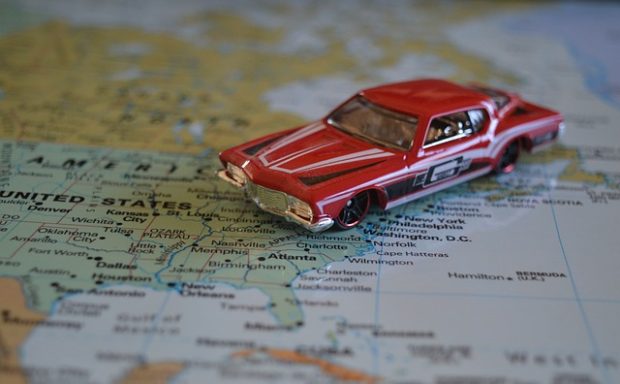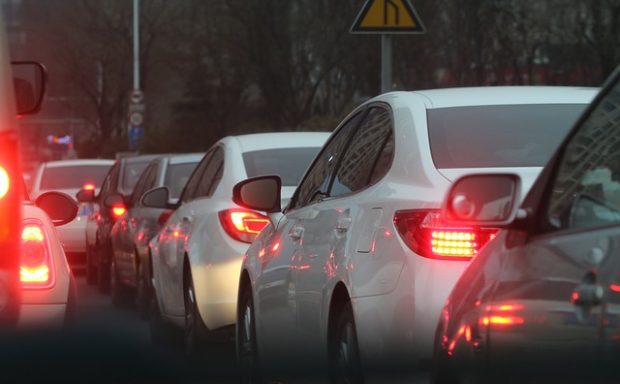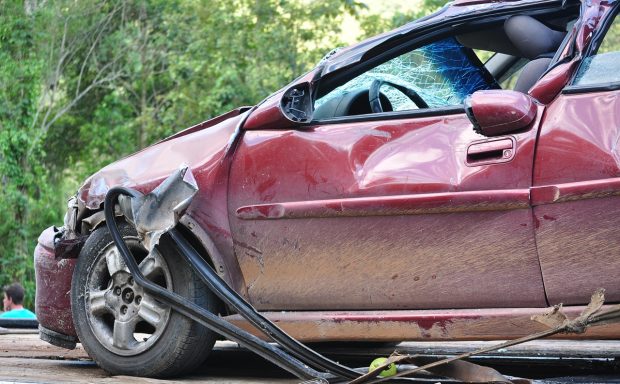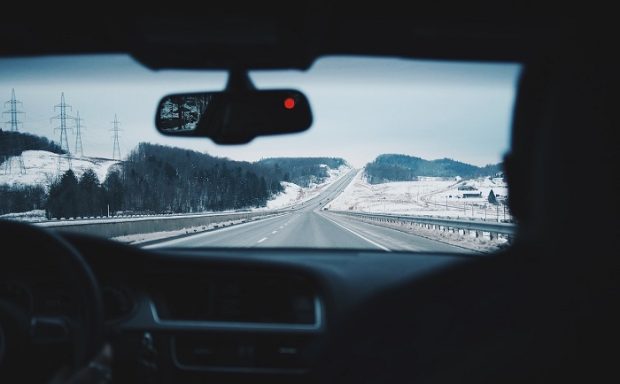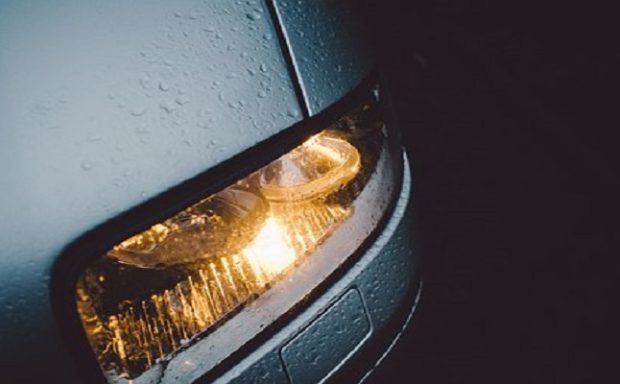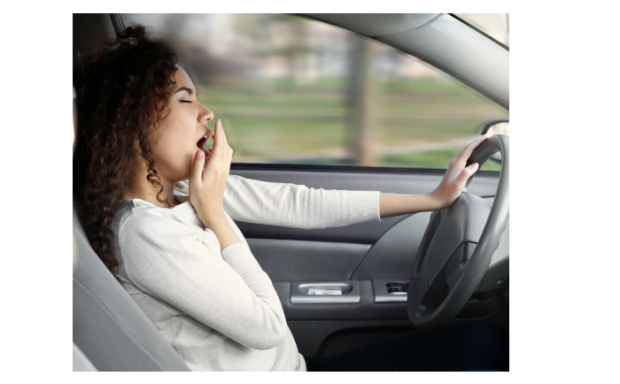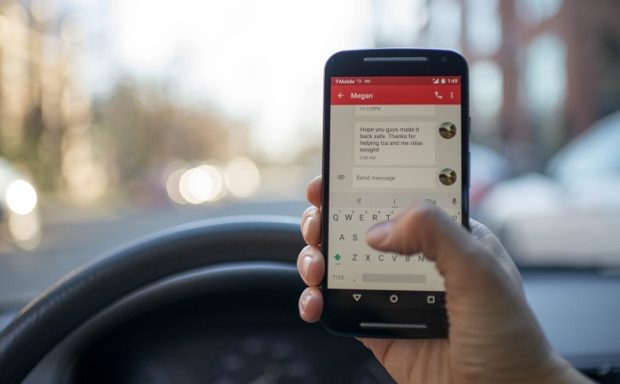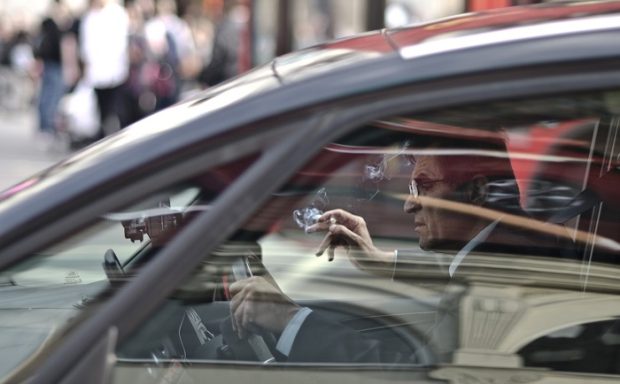Top 5 Worst Cities in USA for Driving
Driving in many cities across the United States can be a challenge, especially during rush hour traffic. However, there are some cities that are notorious for having terrible traffic conditions and seemingly never-ending road construction projects. In this article, we will take a closer look at some of the worst cities in the USA for driving and explore some of the reasons why they have earned this reputation.
1. Los Angeles, California
Any list of the worst cities for driving in the USA would be incomplete without mentioning LA. The city is infamous for its bumper-to-bumper traffic and gridlock conditions that can make even a short commute take hours. Despite having a relatively extensive public transportation system, many residents continue to rely on cars, leading to clogged roads and high levels of air pollution.
You may also read: 4 Common Causes of Distracted Driving and How to Avoid them?
2. Houston, Texas
Houston is a sprawling city with an extensive network of highways and roadways. However, this also means that the city is prone to heavy traffic congestion, particularly during peak hours. In addition, the city experiences frequent flooding, which can make roads impassable and create hazardous driving conditions.
3. New York, New York
New York City is a bustling metropolis with a high concentration of vehicles on its roads. The city’s streets are narrow and often congested, making driving a challenge even for experienced drivers. In addition, many of the city’s roads were designed long before the advent of cars, leading to outdated infrastructure that struggles to accommodate modern traffic patterns.
You may also read: Why Road Rage is on the Rise, and what it means for your Future Road Trips?
4. San Francisco, California
San Francisco’s hilly terrain and narrow streets make driving in the city a daunting prospect for many people. In addition to the physical challenges, the city’s public transportation system is often unreliable and overcrowded, leading many residents to rely on cars for transportation. This has led to heavy traffic congestion and long commute times for many drivers.
5. Miami, Florida
Miami may be known for its sunny beaches and vibrant nightlife, but it’s also well-known for its traffic congestion. The city’s large population and sprawling layout make it difficult to navigate, particularly during peak hours. In addition, the city is plagued by a high number of accidents and fatalities, making it a particularly dangerous place to drive.
You may also read: Taking a Defensive Driving Course or Deferred Disposition for Indiana Tickets?
Conclusion:
There are many factors that contribute to a city’s reputation as a difficult place to drive. From outdated infrastructure to high levels of traffic congestion, these cities face significant challenges when it comes to accommodating the needs of drivers. Despite these challenges, many of these cities continue to work on improving their transportation systems and making their roads safer and more accessible for everyone. By understanding the difficulties that drivers face in these cities, we can work to create better solutions and improve the overall driving experience for everyone.

